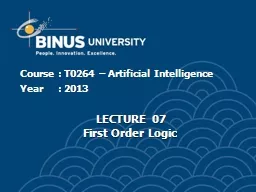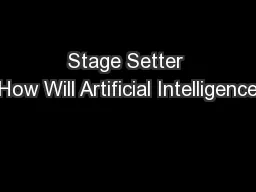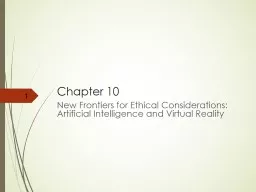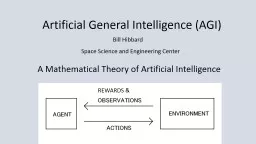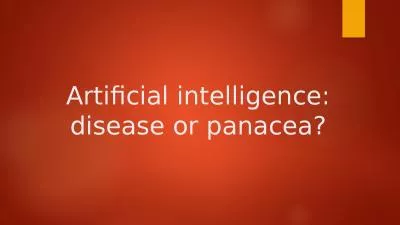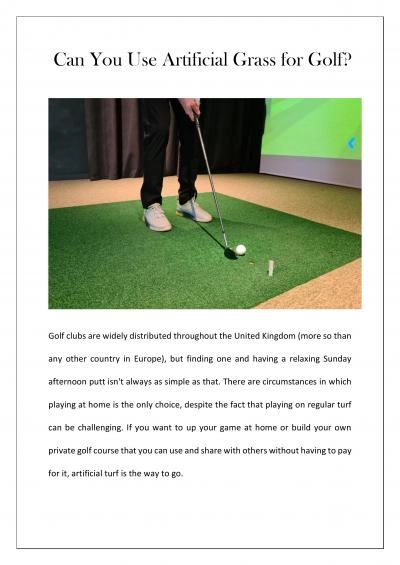PPT-Course : T 0264 – Artificial Intelligence
Author : lindy-dunigan | Published Date : 2019-06-26
Year 20 1 3 LECTURE 07 First Order Logic 2 Introduction to FirstOrder Logic Syntax and Semantics of FirstOrder Logic Using FirstOrder Logic Proof by Resolution
Presentation Embed Code
Download Presentation
Download Presentation The PPT/PDF document "Course : T 0264 – Artificial Intellig..." is the property of its rightful owner. Permission is granted to download and print the materials on this website for personal, non-commercial use only, and to display it on your personal computer provided you do not modify the materials and that you retain all copyright notices contained in the materials. By downloading content from our website, you accept the terms of this agreement.
Course : T 0264 – Artificial Intelligence: Transcript
Download Rules Of Document
"Course : T 0264 – Artificial Intelligence"The content belongs to its owner. You may download and print it for personal use, without modification, and keep all copyright notices. By downloading, you agree to these terms.
Related Documents

